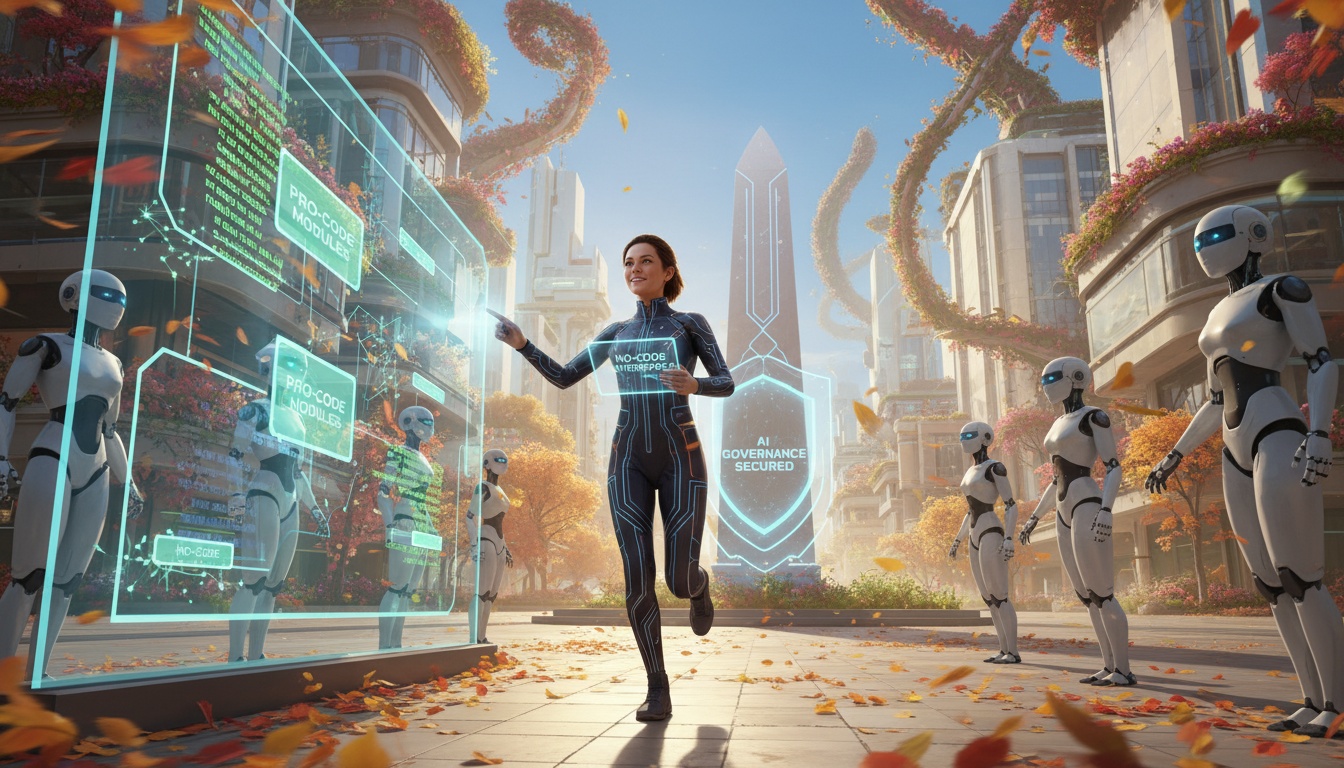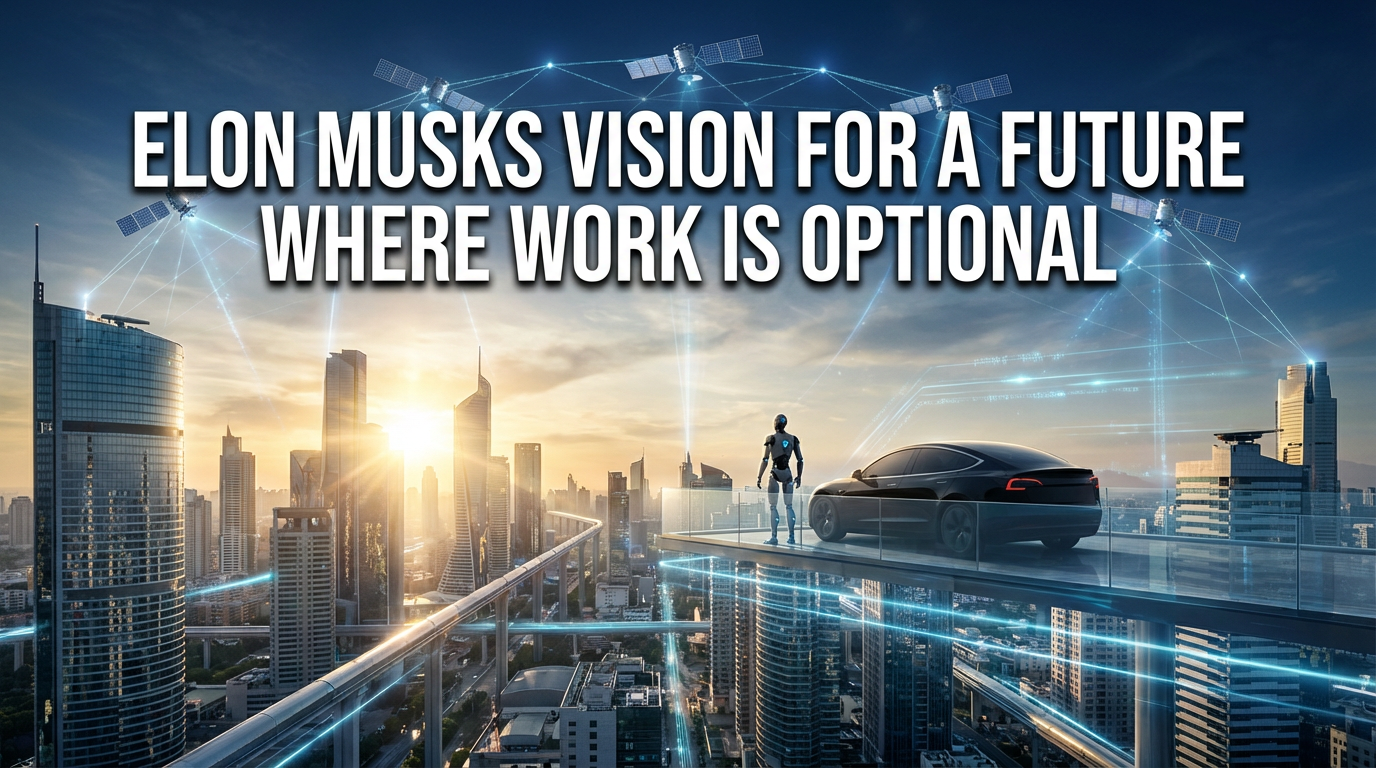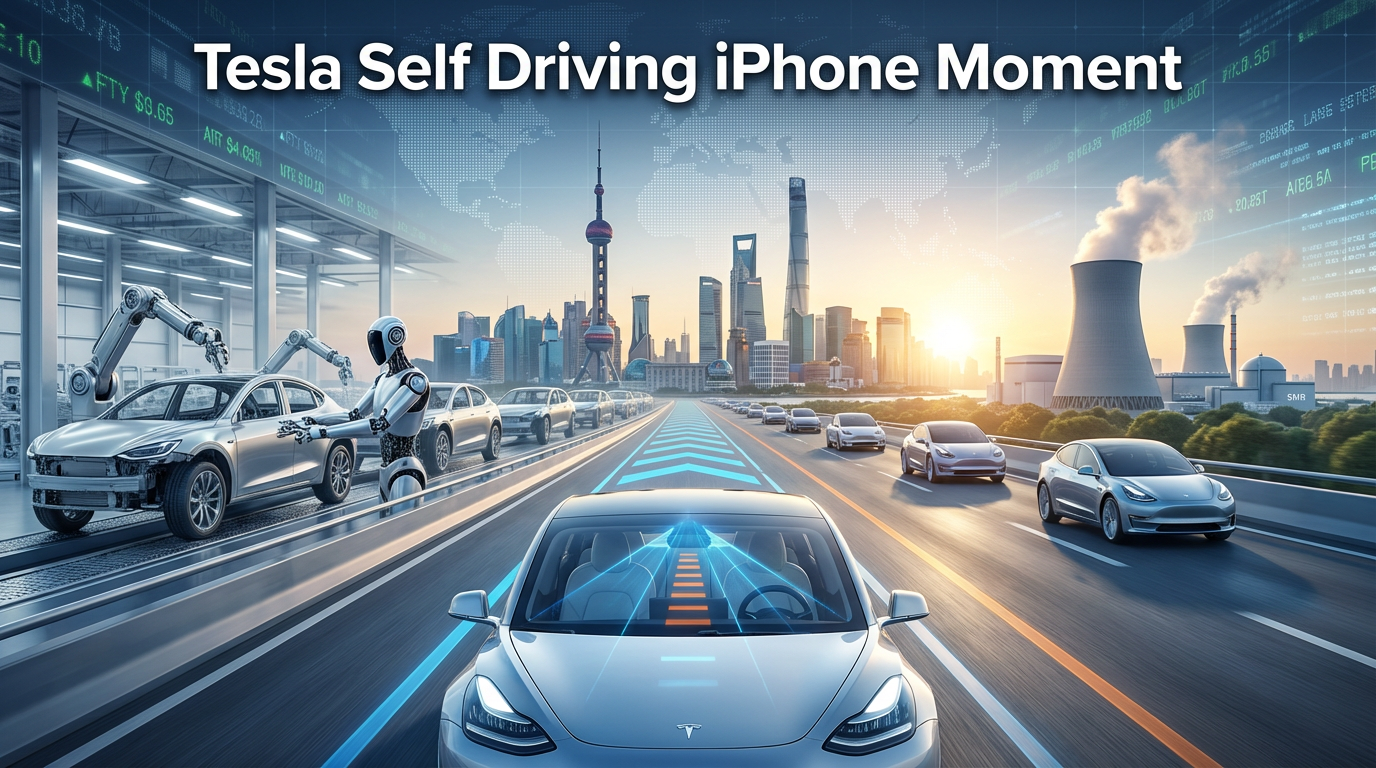● AI Agents Revolutionize Workplaces, Boost Productivity
Anyone Can Create an AI Agent Era, A Comprehensive Review of Key Technologies and Application Strategies
1. Evolution and Innovation Points of Agentic AI
As AI evolves beyond simple chatbots to agents that substitute for human tasks, it fills the 2% gap of existing software, SaaS, and RPA (Robotic Process Automation).
The latest agentic AI supports personalized customer responses, task processing, and automation of complex business processes in corporate settings.
The key points are as follows:
• From the perspective of the global economy and technological innovation, AI agents are a crucial driver of productivity enhancement.
• Unlike existing RPA, which operates only within defined rules, AI agents autonomously perform goal-oriented actions, including exception handling.
• The innovation brought by AI agents extends from human-machine collaboration (human in the loop) to enterprise-wide business transformation.
2. Methodology for Building and Utilizing AI Agents
To implement a realistic strategy, the following approaches should be taken:
• Understanding cutting-edge agentic AI technologies is essential.
• It is necessary to identify the applicability through various use cases and success stories (e.g., retail, manufacturing, healthcare).
• Defining your work clearly and identifying automatable processes to deploy the agent is key.
Key Technical Pathways
• No-Code Approach: Non-experts can easily build agents with simple clicks and drags.
• Low-Code Approach: Technically knowledgeable users can add detailed functions on top of a basic framework to develop customized agents.
• Pro-Code Approach: Professional developers implement advanced algorithms and complex logic to create optimized AI agents.
3. Successful Cases and Practical Business Innovations by Industry
We examine the advantages of agents through several representative real-world use cases.
• Customer targeting in the retail sector: Moving away from the conventional individual messaging approach, AI agents analyze past purchase records and data to automatically send personalized promotional messages, improving conversion rates by over 40%.
• Automotive manufacturing (Toyota): Knowledge and documentation held by skilled technicians are transformed into AI agents, integrating multiple agents to establish a systematic knowledge-sharing platform (‘Obea’).
• Healthcare sector: Utilizing multiple AI doctor agents contributes to disease diagnosis and reasonable cost estimation, maximizing the accuracy and efficiency of medical services.
In addition to this, companies are enhancing operational efficiency and security by leveraging various Microsoft tools such as M365 Copilot, Copilot Chat, and AI Foundry, increasing productivity and innovative competitiveness in a global management environment.
4. Preparation Factors for Implementing AI Agents
The elements that businesses or individuals should have in place to effectively utilize AI agents can be summarized as follows:
• Alignment: Business objectives and AI strategies must align accurately.
• Base: Establishing a fundamental environment, including data, infrastructure, and platforms for AI, is crucial.
• Citizen Developer: Providing tools and educational systems that allow contributions from anyone without IT expertise.
• Diffusion: Encouraging organizational engagement through cultural and diffusion strategies for AI.
• Ethics: Strengthening ethics and security, and ensuring safe AI operation through governance is essential.
These factors play a significant role in not just adopting technology but also in establishing differentiated competitiveness amid global economic and technological changes. Innovative AI agents enable companies to redefine existing work methods, enhance productivity and efficiency, and lead future markets at the center of technological trends.
5. Security and Reliability – The Core Foundation of AI Agents
With the proliferation of process automation through AI agents, securing data security and reliability is becoming crucial.
• Microsoft prepares for external threats to AI technology through a vast team of security experts and security signal analysis.
• Agent platforms are designed based on the ‘secure by default’ principle, establishing a safe interface between AI and systems.
• By combining AI-based security solutions and Copilot security features, companies focus on protecting internal data and user information.
Thus, AI agents will establish themselves not only as tools for technological innovation but also as recognized tools in the global market in terms of security and governance.
Summary
The latest agentic AI evolves into autonomous and goal-oriented AI agents, maximizing productivity in the context of the global economy and innovative environment, surpassing existing RPA.
Companies can easily build AI agents through diverse development methods such as no-code, low-code, and pro-code, generating success stories in various sectors including retail, manufacturing, and healthcare.
Effective implementation requires alignment between business objectives and AI strategies, construction of data and infrastructure, and strategies for organizational engagement and security.
Through this preparation and innovation, AI agents will contribute to sustainable growth and enhanced global competitiveness.
[Related Articles…]
Future of AI Agents through Innovation Cases | AI Solution Strategies for Business Security
*Source: [ 티타임즈TV ]
– 누구나 AI에이전트를 만들 수 있는 시대, 어떻게 만들면 되나? (이정인 마이크로소프트 부문장, 안창주 솔루션 매니저)
● Authentic Connections Drive Success
Economic Changes and Relationship Management: Networks and Global Market Changes Created by Sincerity
Human Relationships and Networking in the Modern Business World
In today’s rapidly changing economic and business environment, we reinterpret the reason why an individual who ranked first in attendance rates at entertainment industry events is reducing their obsession with relationships.
This case suggests a new relationship management technique based on ‘sincerity’ and efficiency, rather than traditional networking methods.
It emphasizes that deep connections with a few truly important individuals can create greater value in the global economy than merely having many contacts.
These changes coincide with digital transformation, the uncertainties of the global market, and advancements in AI technology.
Keywords: global economy, innovation, digital transformation, AI technology, market trends.
Reinterpreting Global Economy and Networking
In the past, the number of connections was synonymous with business success; however, in today’s global economic environment, ‘authenticity’ and ‘quality’ are more important than mere numbers.
In the face of economic crises and changing market trends, a deep network becomes a powerful asset in overcoming uncertainty.
Realistically, business leaders prefer partnerships that can swiftly respond to changing market conditions over relationships built over long periods.
Through this, they can uphold core values amid the complexities of the global economy.
Innovation in Relationship Management in the Age of AI
AI technology and digital innovation herald significant changes in the way we manage relationships.
Instead of traditional face-to-face networking, meaningful collaborations can be predicted and maintained through data-driven analysis and AI tools.
These tools help formulate effective communication strategies by analyzing customer and partner behavior patterns.
Thus, AI technology contributes to enhancing the quality of relationships and fosters innovative changes and market trends across the economy.
The Fourth Industrial Revolution and Economic Outlook: Changed Methods of Relationship Management
In the era of the Fourth Industrial Revolution, not only traditional relationship management methods but also new networking strategies utilizing digital and AI are essential.
The globalization of the economy and digital transformation are maximized through collaboration with a select few key individuals who possess their own roles and expertise.
At this time, what matters is building mutual trust and sustainable relationships rather than superficial acquaintanceships.
As the times change, rather than excessively expanding relationships, strategies centered on sincerity and reduction will act as a driving force for long-term economic success.
Strategy and Execution: Key Message Summary
The core message is to treat individuals with ‘sincerity’ and to maintain meaningful connections rather than unnecessary relationships as a pragmatic economic strategy.
Both corporate executives and individual investors should pay attention to this point and reassess their networks in light of the uncertain market conditions of the global economy.
Additionally, they must actively leverage innovation and AI technology to establish flexible relationship management strategies suitable for the digital transformation era.
Ultimately, sincere relationships that are not swayed by numbers will be the key to enhancing competitiveness amid the trends of the Fourth Industrial Revolution and the global market.
[Related Articles…]Global Economic Outlook and the Future of Digital Transformation
The Fourth Industrial Revolution Driven by AI Technology
*Source: [ 지식인사이드 ]
– 경조사 참석률 1위 연예인이 더이상 인간관계에 집착하지 않는 이유 | 서경석의 인생수업 EP.2 (임하룡 2부)
● Robotic Showdown Tesla vs Unitree, Economic Game Changer
AI Robot Wars: Economic and Industrial Implications of Tesla Optimus Gen3 vs Unitree G1
Key Comparisons and Global Economic Impact
Tesla’s Optimus Gen3 showcases natural movements and AI-based real-time decision-making capabilities, hinting at the future of industrial automation and factory floors.
Unitree’s G1 demonstrates strong durability and resilience, displaying its survival ability in real operational environments.
The competition between these two robots goes beyond mere technology demonstrations, highlighting the U.S.-China competition for dominance in the robotics industry and the economic ripple effects of the Fourth Industrial Revolution.
In particular, we analyze the philosophical differences and practicalities of both systems while reflecting on global economic and industrial innovation, artificial intelligence, robotics, and keywords related to the industrial revolution.
Detailed Item-by-Item Analysis
• AI-based Motion and Balance Control
Tesla’s Optimus Gen3 mimics human movements in real-time, showcasing AI’s ability to interpret sensor data and maintain balance through smooth “kung fu-style” motions.
This technology is closely linked to Tesla’s AI ecosystem, proven through its autonomous driving vehicles, and can contribute to future automation and productivity enhancements in factories.
• Durability and Resilience
Unitree’s G1 recovers immediately from repeated impacts and guarantees stable operation even in the harsh environments of actual industrial sites.
G1 focuses on shock absorption and posture adjustment by utilizing numerous sensors and joint torque control technology, which is a crucial factor for real-time feedback and industrial safety in the field.
• Comparison of Technological Philosophies
Tesla maximizes data accumulation and AI learning efficiency through a closed integrated system, while Unitree seeks practical and immediate improvements through an open platform and rapid feedback cycles.
This difference reflects the fundamental philosophical divide between America’s advanced technology and China’s rapid iterative development, hinting at the future direction of the robotics market within the context of global economics and the industrial revolution.
• Security Issues and Reliability
A Bluetooth security vulnerability was discovered in Unitree G1, raising concerns about hacking risks and network connectivity issues.
In contrast, Tesla’s Optimus Gen3, while still incomplete in terms of hand functions, is expected to continuously improve in security and control due to its integrated AI ecosystem and robust data processing capabilities.
These security issues may be addressed with cutting-edge technologies like blockchain, which is a significant factor that influences the reliability and economic impact of robots.
• Industrial Applications and Future Strategies
Tesla aims to build a large-scale robotic army focused on internal production automation, targeting cost reduction and economic efficiency.
Unitree emphasizes versatility applicable in various fields such as research labs, logistics, and security, attempting to expand market share through low costs and rapid improvements.
Both approaches reflect new trends of the Industrial Revolution, Industry 4.0, and the competitive landscape of the global economy, significantly impacting the future of industrial development.
In-depth Strategies on Technical Specialization and Economic Trends
• Tesla’s AI Integrated Ecosystem
Leveraging experience gained from automotive production, Tesla is enhancing AI and autonomous control technologies, and the expansion of this system is expected to have a significant impact on the digital transformation of entire industries.
In this regard, noteworthy SEO keywords include: artificial intelligence, global economy, industrial revolution.
• Unitree’s Open Innovation Model
Through feedback in real environments and iterative learning, Unitree has made rapid technological improvements, securing competitiveness in both price and reliability.
This model has gained considerable attention, particularly in terms of building industrial safety nets based on real-world usage cases.
• International Competitive Landscape of Both Companies
The competition between America’s Tesla and China’s Unitree goes beyond just technological prowess, playing a role in enhancing global competitiveness in terms of industrial policy and economic strategy.
This competition may have far-reaching implications for stock markets, international trade, and overall economic policy.
Key Highlights and Implications
• Tesla Optimus Gen3 utilizes advanced AI and sensor technology to demonstrate human-like movements, potentially contributing to future factory automation and productivity improvements.
• Unitree G1 showcases strengths in durability and resilience, proving its stability and reliability in actual operational environments.
• The two robots reflect the differing technological philosophies of the U.S. and China, presenting significant trends for the global economy and the Industry 4.0 era.
• Security issues and connectivity concerns are challenges to be addressed in the future; however, these can be supplemented with the latest blockchain technology and AI security solutions.
• In the future, both technologies will play a crucial role in terms of actual utilization in industrial settings and their economic ripple effects.
Summary
Tesla Optimus Gen3 and Unitree G1 each showcase flexible movements based on AI and excellent durability, revealing the differences in U.S. and Chinese technological philosophies.
Tesla focuses on cost reduction through an AI ecosystem and large-scale production, while Unitree emphasizes practicality through real-world testing and rapid feedback cycles.
The competition between these two robots is seen as a key factor in shaping future industrial trends across multiple dimensions such as global economy, industrial revolution, artificial intelligence, robotics, and blockchain.
[Related Articles…]
In-depth Analysis of Tesla Optimus
Unitree G1 Durability Revolution
*Source: [ AI Revolution ]
– AI Robot World War Begins: New Optimus Gen 3 VS Upgraded Unitree G1



